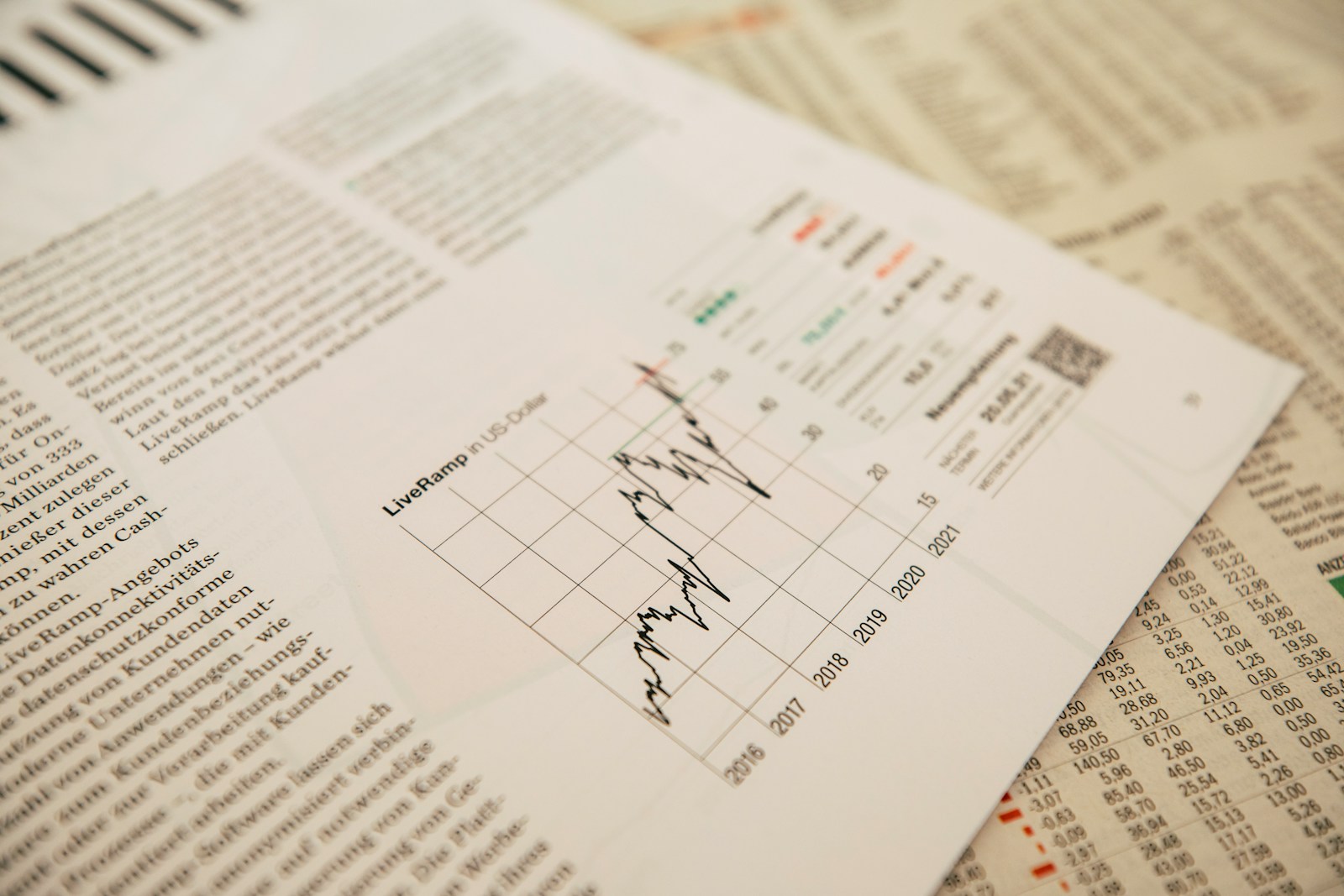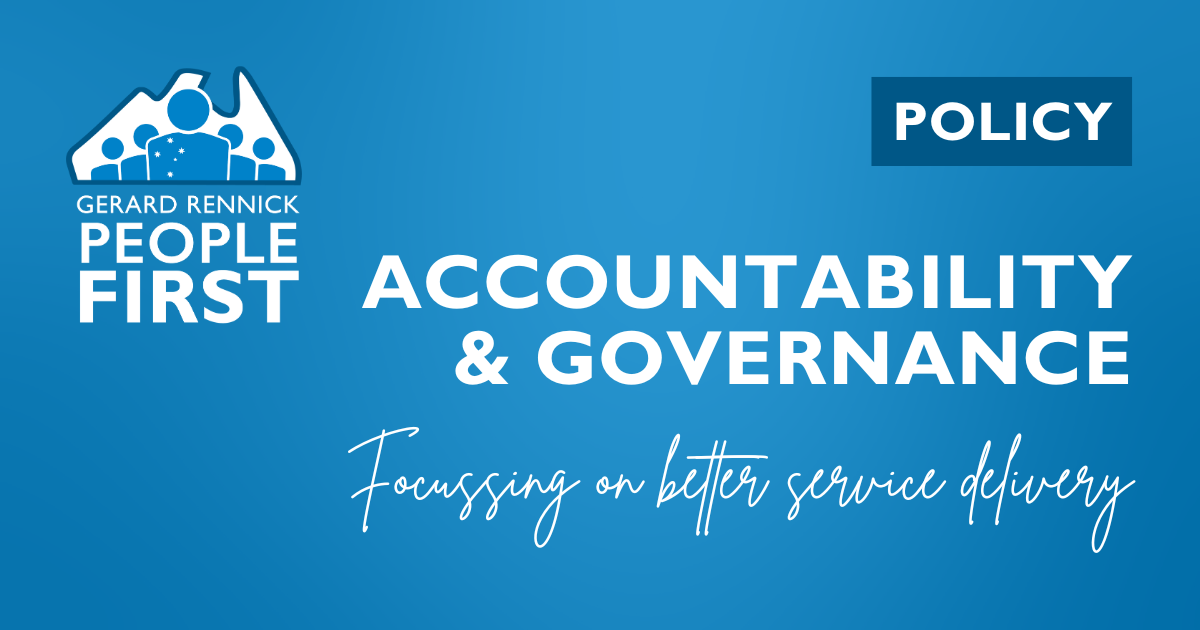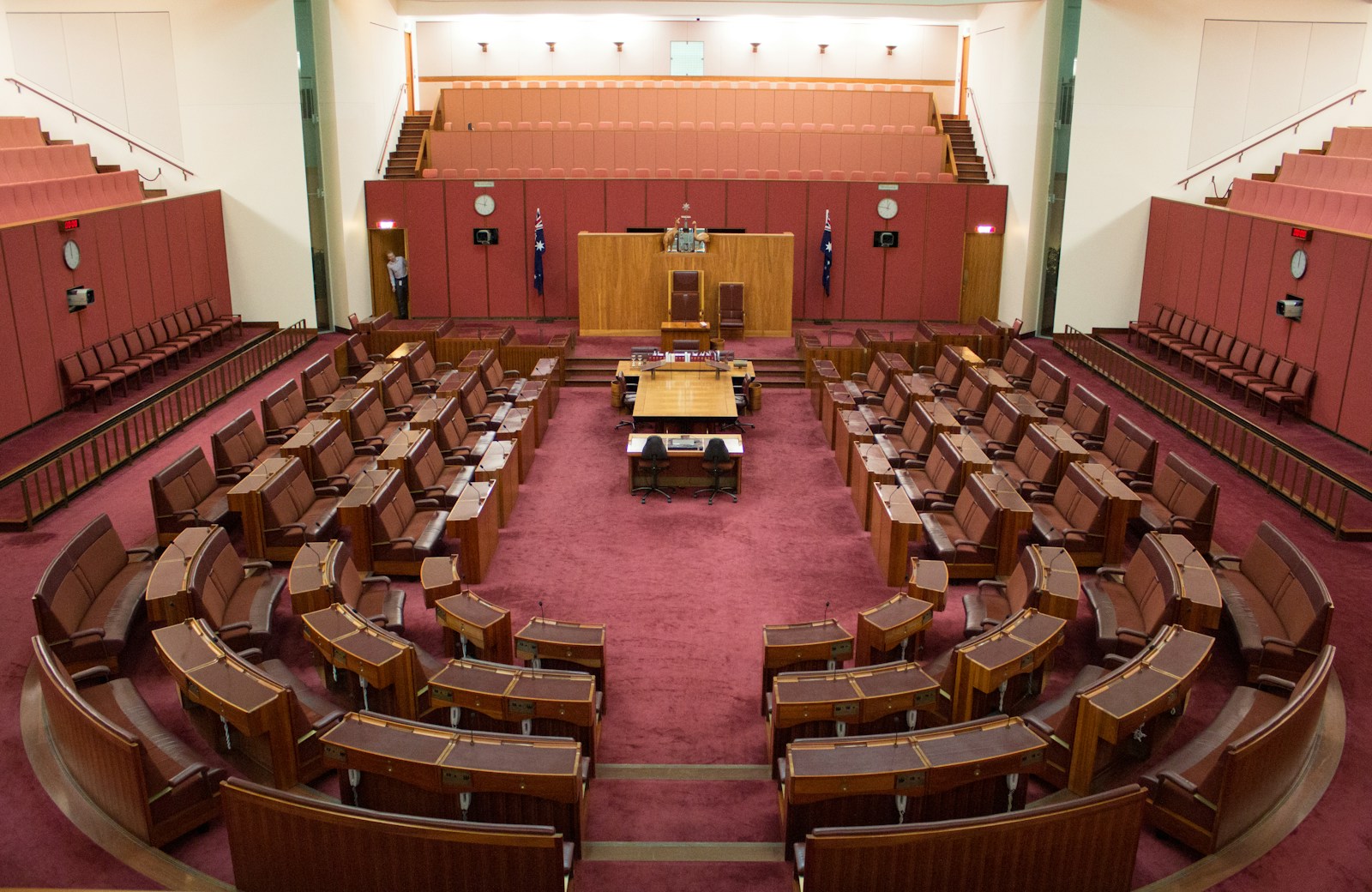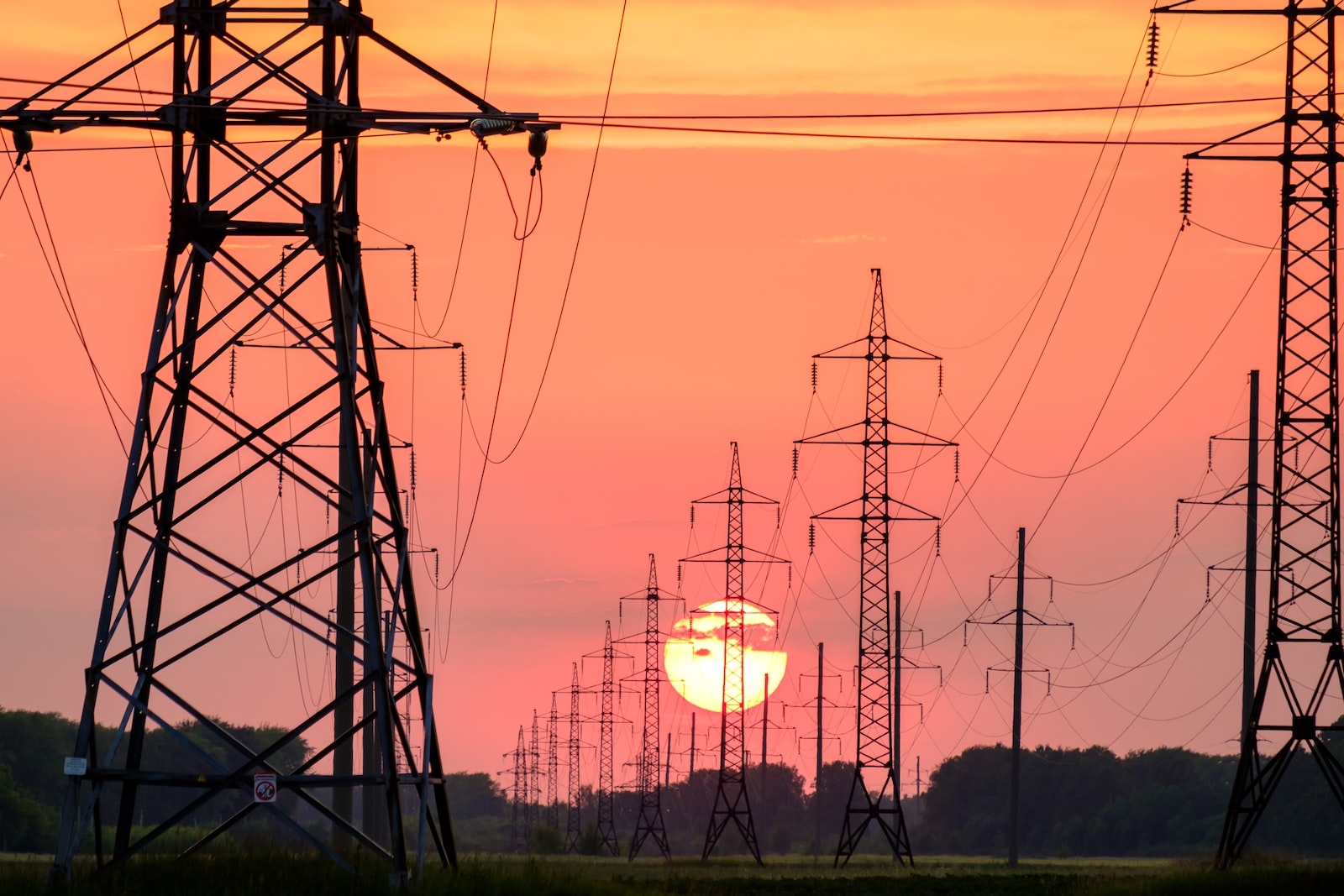“You can’t have it both ways, you can’t say two doses of the vaccine is effective and then go out and buy 12 doses costing extra billions of dollars.
Senator, I do think we have to be careful about recreating the past, in the present……………so that was a precautionary approach.”
•••••••••••••••••••••••••••••••
That’s a new line I’ve not heard before: “we have to be careful about recreating the past.”
Is that double speak for: “we stuffed up and don’t want to be held accountable?”
As for the precautionary approach, I don’t seem to recall too much precaution was being taken when people were reporting injuries.
Gaslighting yes – precaution no.
Committee on 5/06/2024
Item: Community Affairs Legislation Committee – 05/06/2024 – Estimates – and – HEALTH AND AGED CARE PORTFOLIO – Department of Health and Aged Care
Senator RENNICK: There was a press release put out earlier this year by the department of health that the Australian government has now invested a total of over $18 billion in Australia’s vaccine and COVID-19 treatment supply as part of the COVID-19 health response. I’ll just qualify that $18 billion and put some context around that. In my home state of Queensland there was a new hospital built on the Sunshine Coast for $1.8 billion that had 450 beds in it. We’re talking about 10 seriously big hospitals for that spending on COVID treatments. Does that $18 billion include the $38 Medicare rebate for doctors who deliver a COVID vaccine assessment?
Mr Comley: Sorry, we’re just trying to understand where you’ve got the $18 billion number from.
Senator RENNICK: I’m happy to table it. It’s from the department of health. It was earlier this year. The Australian government has invested a total of over $18 billion in COVID vaccine and treatments.
Mr Comley: It might be useful if we just table that so we understand, provided the chair agrees, the context of what was put forward.
Senator RENNICK: I’ll follow up with an easy one while that’s being photocopied. The Australian government bought $300 million doses of COVID vaccines. This is before your time, I accept. At the same time, health authorities were saying two doses was enough to protect you from COVID. So, for 25 million people, two doses, 50 million doses—let’s say you bought 375 million doses. At that stage I think it was an $8 billion cost for those 300 million doses. Why did we buy 12 doses per person when you were saying two doses were enough, given that we’ve paid an extra $6 billion for vaccines that we’re probably not going to use?
Ms Shakespeare: I think it’s a matter of record that the government took an approach of developing a portfolio of vaccines. We had different types of vaccines being developed. There were some that would be more suitable, or patients would prefer to have some than others. It wasn’t that there was a one-to-one purchase of a vaccine in the doses required for each citizen.
Senator RENNICK: I guess that’s my point. It’s great that people had a choice, but you needed, let’s say, three doses per person, or 75 million doses. You went out and bought 300 million. I’ve just quoted what it cost to build a hospital 10 years ago on the Sunshine Coast—$1.8 billion. You’ve spent about an extra $5 billion or $6 billion on doses that were never going to be able to be rolled out. That’s an expensive choice, isn’t it? Either the vaccine works or it doesn’t. Why have we bought so many extra doses when they weren’t needed, and at the expense of frontline services?
Ms Shakespeare: Those were decisions taken by the government during the management of the pandemic. It was a time of considerable uncertainty. We’ve had reviews that have looked at the appropriateness of the vaccine-purchasing strategy that was developed and recommended that, at that point, we continue with having a portfolio of vaccines available.
Senator RENNICK: But you weren’t uncertain about the effectiveness of the vaccine; you were saying that two doses of vaccine would prevent COVID. So we didn’t need to buy an excess number of doses. That money could have been used on other frontline health services. Do you accept that? You can’t have it both ways. You can’t say the vaccine is effective and then buy 12 doses, costing extra billions.
Prof. Kelly: I think we do always have to be careful about re-creating the past with some of these in the present. If you take yourself back to mid-2020—and you know this very well, because I know this has been an interest of yours throughout—I can’t talk about the actual commercial-in-confidence elements of this, but there was a need to work through in great uncertainty about what type of vaccine might be used, what might be available, what might be the first that was available and what might be the most effective and the safest.
Senator RENNICK: But you were saying they were all effective?
Prof. Kelly: Let’s go back four years, when none of that was certain. As many other countries in the world did—and as Ms Shakespeare has said—the government of the day decided to go on a portfolio approach. That meant that actually we needed to order enough for everyone, but multiple times because at that point—and as history has shown—some of those vaccines were not available quickly or they had issues involved with them that meant we needed to go down other paths. That was a precautionary approach and the right approach, in my sense, about that. The cost element is a trade-off for that. If we had taken one egg in one basket and that egg had not worked or had not come at the time it was said it might come or never actually developed at all, then we would have been criticised at the time.






























